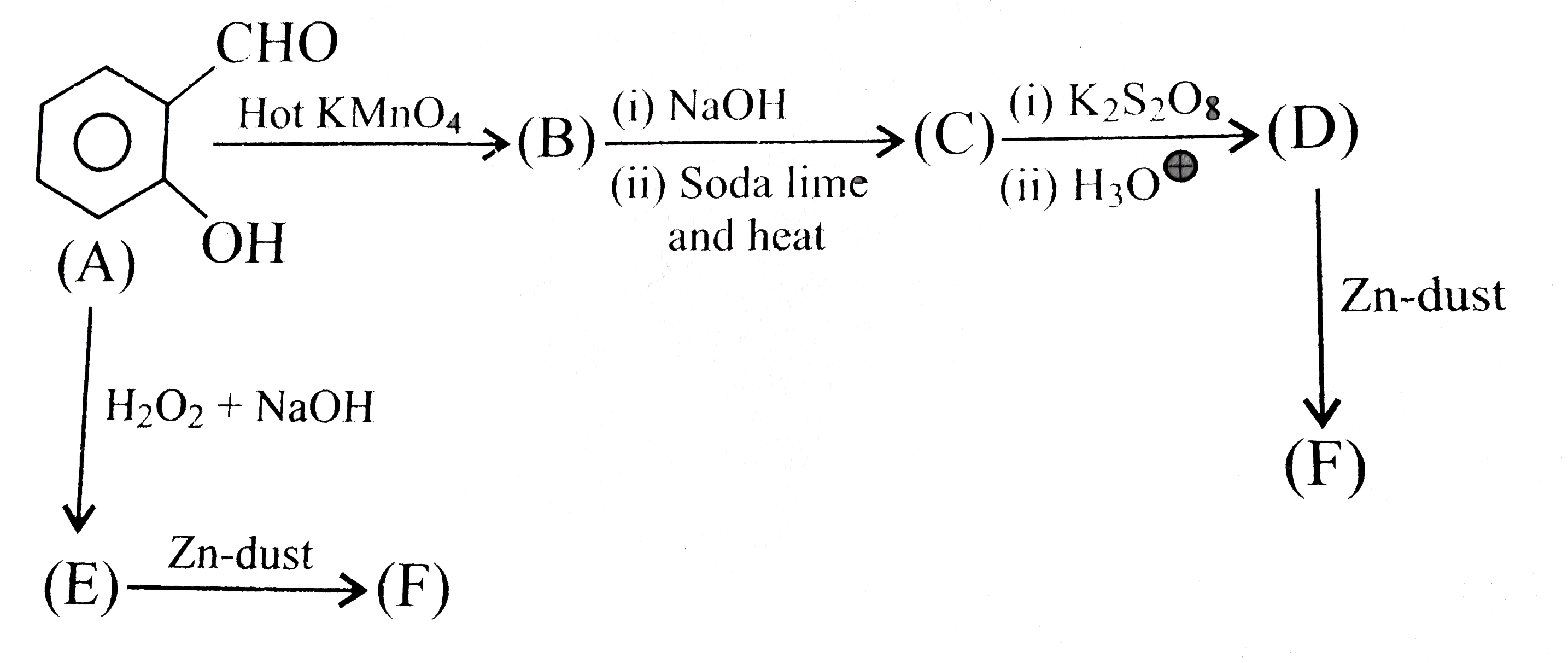E+S→[ES]→[EP]→E+P Formation of transition state structure in the above reaction occurs at this stage
E + P
ES
P
S
The correct Answer is:B
To determine at which stage the formation of the transition state structure occurs in the given reaction, we can analyze the reaction step by step.
1. Understanding the Reaction: The reaction is represented as:
E+S⇌(ES)⇌(EP)⇌E+P
where E is the enzyme, S is the substrate, ES is the enzyme-substrate complex, EP is the enzyme-product complex, and P is the product.
2. Formation of the Enzyme-Substrate Complex: The first step involves the enzyme E binding with the substrate S to form the enzyme-substrate complex (ES). This is a crucial step as it sets the stage for the reaction to proceed.
3. Transition State Formation: The transition state is a high-energy state that occurs during the conversion of the enzyme-substrate complex (ES) into the enzyme-product complex (EP). This transition state is characterized by the maximum energy level and is unstable.
4. Enzyme-Product Complex Formation: After the transition state is reached, the enzyme-substrate complex undergoes further changes to form the enzyme-product complex (EP).
5. Release of Products: Finally, the enzyme-product complex breaks down to release the product P and regenerate the enzyme E.
6. Identifying the Transition State: The transition state occurs specifically when the enzyme-substrate complex (ES) is being converted into the enzyme-product complex (EP). This is the point where the energy is at its maximum and the structure is transient and unstable.
Conclusion:
The formation of the transition state structure in the given reaction occurs at the stage where the enzyme-substrate complex (ES) is being converted into the enzyme-product complex (EP).
E+S⇌(ES)⇌(EP)⇌E+P
where E is the enzyme, S is the substrate, ES is the enzyme-substrate complex, EP is the enzyme-product complex, and P is the product.
The formation of the transition state structure in the given reaction occurs at the stage where the enzyme-substrate complex (ES) is being converted into the enzyme-product complex (EP).
Topper's Solved these Questions
- BIOMOLECULESBOOK - AAKASH SERIESCHAPTER - BIOMOLECULESEXERCISE - EXERCISE - I (Factors affecting Enzymes Activity)
14 Videos
- BIOMOLECULESBOOK - AAKASH SERIESCHAPTER - BIOMOLECULESEXERCISE - EXERCISE - I (Enzymes Inhibition)
10 Videos
- BIOMOLECULESBOOK - AAKASH SERIESCHAPTER - BIOMOLECULESEXERCISE - EXERCISE - I (Chemical reactions)
4 Videos
- BIOLOGICAL CLASSIFICATIONBOOK - AAKASH SERIESCHAPTER - BIOLOGICAL CLASSIFICATIONEXERCISE - EXERCISE-III (Previous AIPMT/NEET Question)
37 Videos
- CELL CYCLE AND CELL DIVISIONBOOK - AAKASH SERIESCHAPTER - CELL CYCLE AND CELL DIVISIONEXERCISE - Exercise-III
18 Videos
Similar Questions
Knowledge Check
Calcium carbide + heavy water → ?
The product of the above reaction is :AC2H2BCaD2CCa(OD)2DCD4

In the formation of compoud (E) from (A), the name of the reaction is:
View SolutionA following mechanism has been proposed for a reaction
2A+B→D→E
A+B→C+D(slow)
A+C→E (fast)
The rate law expression for the reaction by RDS methd is:
View SolutionR-X + NaOH → ROH + Na X, The above reaction is classified as:
View SolutionA stone is projected from level ground at t=0 sec such that its horizontal and vertical components of initial velocity are 10ms and 20ms respectively. Then the instant of time at which tangential and normal components of acceleration of stone are same is: (neglect air resistance)g=10ms2.
View SolutionPrussic acid +O2Ag−−→
The products of above reaction are
View SolutionThe following electronic transition occurs when lithium atoms are sprayed into a hot flame,
2sI−−→2pII−−→3dIII−−→3pIV−−→4sV−−→3p.
Which of the transition would result in the emission of light?
View SolutionA chemical reaction proceeds as follows:
A+C→D+F (Slow)
F+B→G (Fast)
G+C→E (Fast)
Suggest rate law,units for rate constant, and overall reaction.
View Solution
